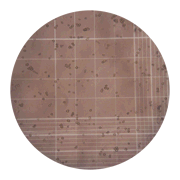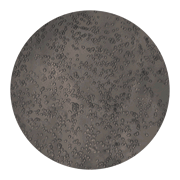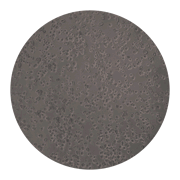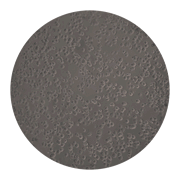Immediately post-isolation

Freshly isolated primary hepatocytes stained with 0.4% Trypan blue in a 4:1 ratio of cells:Trypan blue and incubated for 1 minute at room temperature. Note that the overwhelming majority of cells healthy, demonstrated by small, round, and bright appearance. Dead cells present as swollen cells that do not reflect light; in some cases, dying cells may not stain blue, but will be readily discernable based on their gross visual appearance. This particular batch is >95% viable; 4x4 grid represents 1 of 4 quadrants.
|
1.0 hours post-plating

Primary hepatocytes one hour after plating on collagen-coated tissue culture dishes (12-well) in low glucose DMEM with 10% FBS. At this point, healthy cells should be tightly adherent and have a clear appearance; nuclei should start to become visible and cells in close proximity will start to form junctions. Cells should be washed once with warm DMEM-low glucose (serum-free) and media replaced with fresh DMEM-low w/10% FBS. It is normal to have some dead/floating cells prior to washing.
|
2.0 hours post-plating

One hour later (2 hours post-plating), cells should dramatically mature. In a healthy cluture, the majority of hepatocytes should start to appear cuboidal, nuclei should be readily apparent, and cell-cell junctions clearly visible. Note that most cells are binucleated-- for mouse hepatocytes, this is typical; rat hepatocytes tend to have a lower percentage of binucleated cells. At this point, cells are still relatively immature and only approximately 1/3 of their final expected size. Continue to incubate and monitor periodically.
|
2.5 hours post-plating

30 minutes later, cells should continue to rapidly mature. Cells in close proximity to one another may begin to present with notable, bright cell-cell junctions. Nuclei should be bright and readily discernable, and cell size is now approximately 40% of maximum. Isolated cells may be notably slower to mature, evidenced by a more rounded (as opposed to cuboidal) appearance. It is normal to see some dead cells tightly adhered to living cells; these may remain attached for the life of the culture with no ill effect.
|
